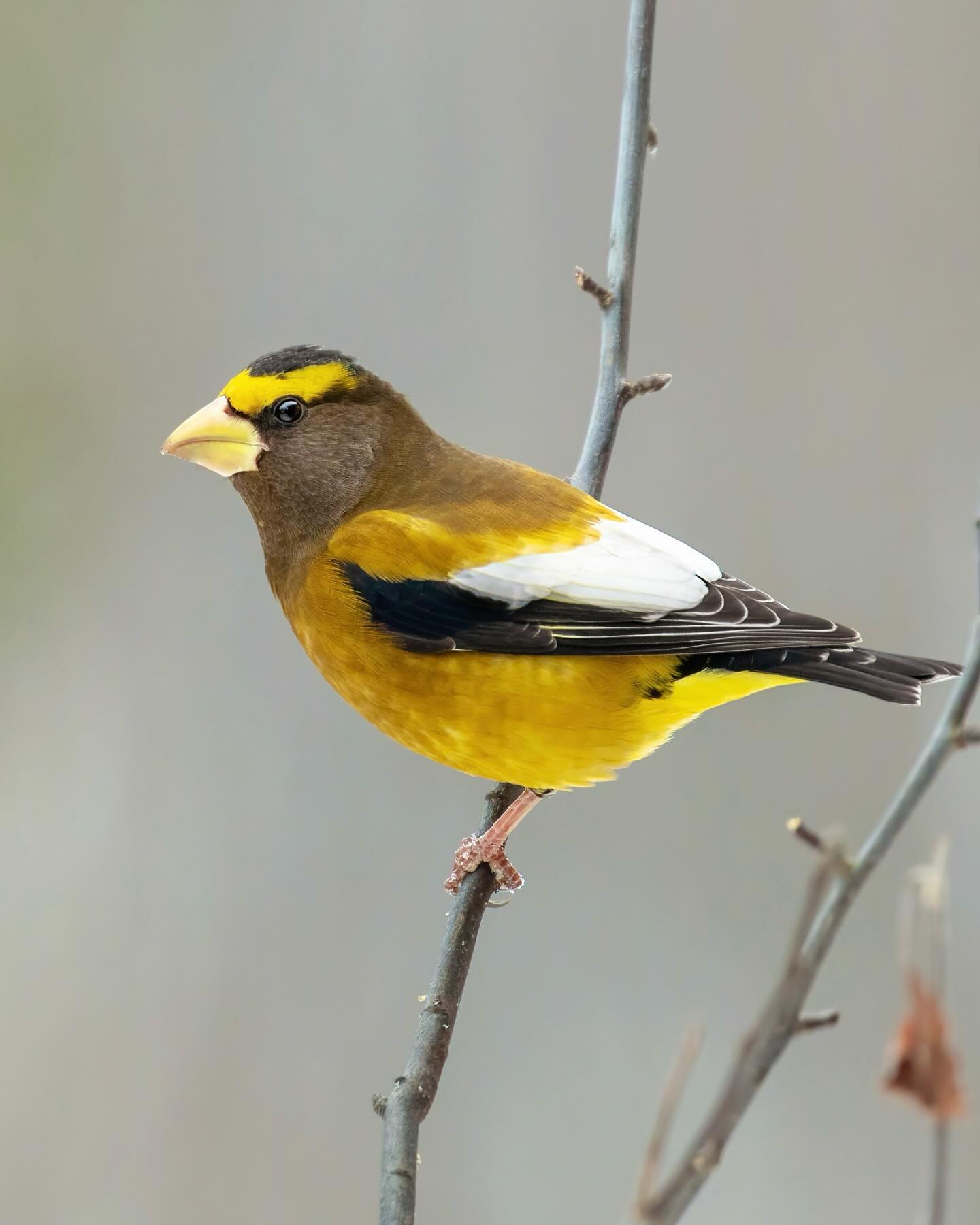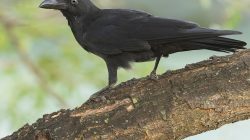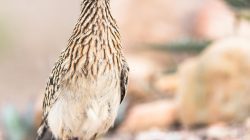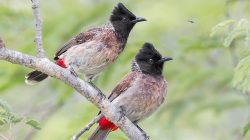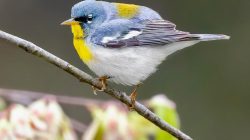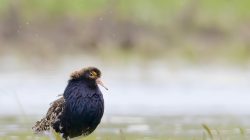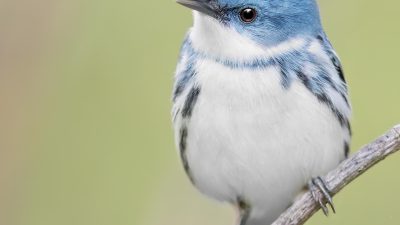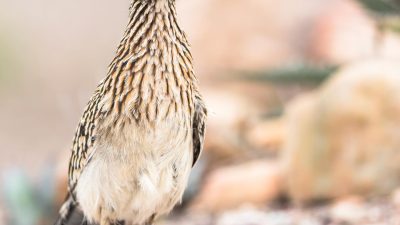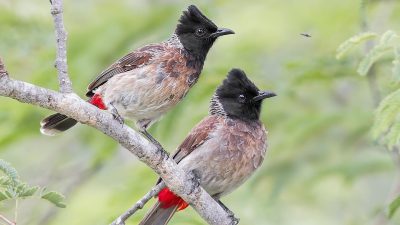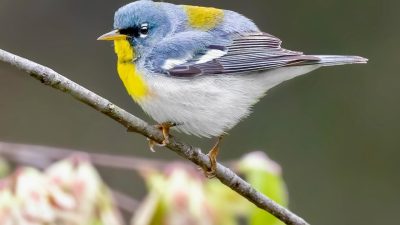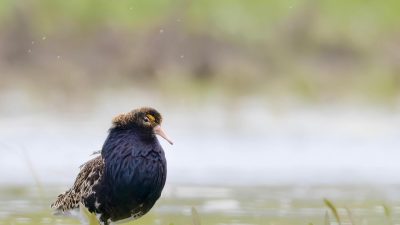The Evening Grosbeak (Coccothraustes vespertinus): A Comprehensive Study of an Iconic Avian Species
Diajar.net – The Evening Grosbeak (Coccothraustes vespertinus) is a striking bird species, well-regarded for its impressive size, bold coloration, and large, powerful beak. Found in forests across North America, the Evening Grosbeak is an integral part of the ecosystem. This bird’s beauty, behavioral traits, and ecological contributions make it a fascinating subject for ornithologists and bird enthusiasts alike. In this article, we will explore its geographic range, habitat, physical description, reproduction, lifespan, behavior, communication, food habits, predation, ecosystem roles, and its economic importance to humans, both positively and negatively, before concluding with its conservation status and the contributors working to protect it.
Geographic Range
The Evening Grosbeak has a vast geographic range that spans much of North America. This bird is most commonly found in the northern United States, Canada, and parts of Mexico. However, it is the bird’s migratory patterns that contribute to its diverse range, as populations travel between breeding and wintering grounds based on seasonal needs.
North America and Canada
In Canada, the Evening Grosbeak is a permanent resident in regions with coniferous and mixed woodlands, especially in the Boreal Forests of the Canadian Shield, Alberta, British Columbia, and the Yukon. The bird’s range in Canada extends from the southern parts of Quebec and Ontario to the far northern regions where conifer forests dominate.
During migration, Evening Grosbeaks may travel southward to areas like New York, Michigan, and the Pacific Northwest. Their migratory behavior is influenced by food availability, particularly during the winter months, when access to seeds becomes vital for survival.
United States and Mexico
In the United States, the Evening Grosbeak is more commonly found in the Rocky Mountains, parts of the Great Lakes, and the Northeast during the winter months. The bird migrates to lower elevations in these areas as temperatures drop. In Mexico, the Evening Grosbeak is a rare but notable presence, particularly in the Sierra Madre mountains.
Habitat
The habitat of the Evening Grosbeak varies depending on the season and geographic location. Primarily, this species inhabits forested regions, both coniferous and deciduous, with a preference for areas with a mixture of trees that produce seeds and fruits—its main food sources. The bird is often found in forests, parks, and suburban woodlands that offer both shelter and a steady food supply.
Breeding Habitat
During the breeding season, Evening Grosbeaks favor mature forests in mountainous and northern regions. The Boreal Forests of Canada provide an ideal environment, with dense spruce, pine, and fir trees. These forests provide ample nesting opportunities, as well as abundant seeds, which the grosbeaks rely on for feeding.
Winter Habitat
In the winter, Evening Grosbeaks often migrate to lower elevations, seeking out areas that provide fruiting trees and seed-rich plants. They are particularly fond of orchards, urban parks, and gardens, where bird feeders and fruit trees offer a supplementary food source. The bird adapts well to suburban habitats, especially in areas where conifers and hardwoods are present.
Physical Description
The physical appearance of the Evening Grosbeak is one of its most distinguishing features. It is a medium-sized bird with an impressive, thick bill, which is a defining characteristic of the grosbeak family. Males and females exhibit sexual dimorphism, meaning there are noticeable differences between the two sexes in terms of coloration.
Male Evening Grosbeak
Male Evening Grosbeaks have a striking, colorful plumage, characterized by bright yellow and black hues. The male’s head is dark black, while the body is primarily yellow, which contrasts sharply with the dark wings and tail. The beak is large and ivory-colored, well-suited to the bird’s feeding habits. The male also features white patches on the wings, which are visible during flight.
Female Evening Grosbeak
Females have more subdued coloring compared to the males, with a combination of gray-brown and yellowish tones. Their head is generally a brownish-gray color, and their yellowish body is less vivid than the male’s. The females also possess the large, thick beak and the white wing patches, though these are less pronounced than in males.
Reproduction
The reproductive behavior of the Evening Grosbeak is consistent with many songbirds. These birds are monogamous during the breeding season, and pairs usually form before they begin nesting. The mating process begins in the early spring, and once a pair is established, they begin building a nest.
Nesting and Eggs
The female constructs the nest, typically in the branches of tall trees, particularly conifers. The nest is a cup-shaped structure built from twigs, grass, feathers, and moss. Once the nest is complete, the female lays between 3 to 5 eggs, which are typically blue-green with dark speckles.
Both parents take turns incubating the eggs, with the female doing the majority of the work. The eggs hatch after about 12 to 14 days, and the chicks are altricial, meaning they are born blind and helpless. Both parents actively feed the chicks, which primarily eat seeds and insects until they are old enough to leave the nest.
Lifespan/Longevity
The average lifespan of the Evening Grosbeak is around 7 years, though many individuals do not live that long due to predation, food shortages, and environmental hazards. The bird’s ability to withstand cold climates and its migratory patterns contribute to its relatively long life expectancy compared to some other small songbirds. The oldest recorded Evening Grosbeak lived to be 12 years old.
Behavior
Evening Grosbeaks are known for their gregarious behavior, especially outside of the breeding season. These birds are often found in flocks, and they are particularly social when foraging. During the winter, the grosbeaks may form large groups that can sometimes number in the hundreds.
They are territorial during the breeding season and will actively defend their nesting areas from other birds. They are also known for their loud, distinctive calls, which they use for communication and to establish territory.
Communication and Perception
The communication of the Evening Grosbeak is primarily through calls and songs, which vary depending on the time of year. During the breeding season, the male produces a series of sharp whistles and trills, which are used to attract mates and establish territory. These calls are often heard in the early morning and evening, especially during the dawn and dusk hours.
In addition to vocal communication, the Evening Grosbeak relies on visual cues, especially during flight, where the males’ bright plumage plays a role in attracting mates and deterring rivals.
Food Habits
The diet of the Evening Grosbeak is predominantly granivorous, with a strong preference for seeds. These birds are known for their ability to crush tough seeds with their large, powerful beaks. Their primary food sources include seeds from coniferous trees such as spruce, pine, and fir, as well as seeds from hardwood trees like maples and oaks.
They also supplement their diet with fruits, including berries from trees such as hawthorn and cherries. During the breeding season, they may also consume insects, especially those that are high in protein, to help sustain themselves and their offspring.
Predation
The Evening Grosbeak is vulnerable to a variety of predators, including hawks, falcons, and snakes, particularly when they are in their nests. Eggs and young chicks are particularly at risk of predation by squirrels, crows, and raccoons.
Adult Evening Grosbeaks are generally safe from predators due to their large size and strong flight abilities, but they are still susceptible to predation by large birds of prey and other carnivorous animals.
Ecosystem Roles
The Evening Grosbeak plays several important roles in its ecosystem. As a seed-eater, it helps control the population of various plant species by consuming seeds and spreading them through its droppings. This seed dispersal contributes to the regeneration of many plant species, especially coniferous trees that rely on animals for seed transport.
Additionally, by feeding on insects and pest species, the Evening Grosbeak helps regulate the population of certain insect species, providing a natural form of pest control in forested areas.
Economic Importance for Humans: Positive
The positive economic importance of the Evening Grosbeak lies in its role in seed dispersal and pest control. As a natural seed disperser, the Evening Grosbeak helps maintain the health of forests, which are crucial for timber production and other economic activities. By assisting in the propagation of trees and plants, the grosbeak contributes to ecosystem health, which benefits industries dependent on natural resources.
Additionally, the Evening Grosbeak is a popular bird for birdwatching enthusiasts, contributing to the eco-tourism industry. Many birders travel to specific locations to see this vibrant species, which boosts local economies through tourism-related activities.
Economic Importance for Humans: Negative
On the flip side, the Evening Grosbeak can also have a negative economic impact. In some cases, these birds can be considered pests in orchards and fruit farms, where they feed on fruits and seeds, sometimes damaging crops. While their feeding habits are part of their natural diet, they can cause localized damage to economically valuable fruit-bearing plants.
Additionally, their habit of foraging around bird feeders can sometimes lead to overpopulation in certain areas, which might create challenges for local ecosystems and human agricultural activities.
Conservation Status
The Evening Grosbeak is currently listed as a species of Least Concern by the International Union for Conservation of Nature (IUCN), indicating that it is not currently at risk of extinction. However, the species faces threats from habitat destruction, climate change, and food scarcity in certain areas. Conservation efforts focus on preserving natural habitats and promoting sustainable land practices that protect forests and ecosystems where the grosbeaks thrive.
Contributors
Various conservationists, biologists, and birdwatching organizations have contributed to the protection and study of the Evening Grosbeak. Organizations such as BirdLife International and the Cornell Lab of Ornithology continue to monitor population trends, migration patterns, and habitat health to ensure the species remains stable in the face of changing environmental conditions. Local wildlife agencies and conservationists also play a key role in managing habitats and ensuring that the bird’s migratory routes remain intact.
Conclusion
The Evening Grosbeak (Coccothraustes vespertinus) is a remarkable species, both in terms of its striking physical appearance and its important ecological roles. This bird contributes significantly to forest health through seed dispersal and pest control, and while it has a positive economic impact through eco-tourism, it can also present challenges to agriculture in certain regions. Despite these challenges, the species’ conservation status remains stable, and continued efforts to protect its habitat and promote sustainable land practices will help ensure that the Evening Grosbeak thrives for generations to come.
